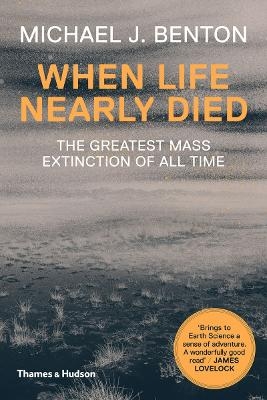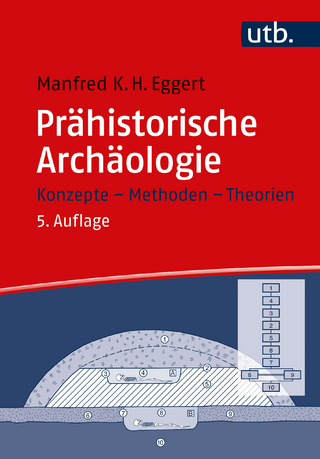
When Life Nearly Died
Thames & Hudson Ltd (Verlag)
978-0-500-29193-1 (ISBN)
The greatest mass extinction in Earth’s history happened some 251 million years ago. In this cataclysm at least 90% of life was killed, both on land and in the sea, almost bringing evolution to a halt. What caused destruction on such an unimaginable scale? Was it the impact of a huge meteorite, or prolonged volcanic eruption in Siberia? In this acclaimed book, now updated to include the most recent research and findings, Michael Benton assembles all the evidence and gives his verdict.
Michael Benton is a palaeontologist who has made fundamental contributions to understanding the history of life, particularly concerning how biodiversity changes through time. He has led in integrating data from living and fossil organisms to generate phylogenies — solutions to the question of how major groups originated and diversified through time. This approach has revolutionised our understanding of major questions, including the relative roles of internal and external drivers on the history of life, whether diversity reaches saturation, the significance of mass extinctions, and how major clades radiate. A key theme is the Permo–Triassic mass extinction, the largest mass extinction of all time, which took place over 250 million years ago, where he investigates how life was able to recover from such a devastating event. Michael has written engaging books for children on the theme of dinosaurs, as well as a significant number of palaeontology textbooks for university students. He founded the MSc in Palaeobiology at Bristol in 1996, from which more than 450 students have graduated. He has supervised more than 70 PhD students.
Prologue: The Geological Time-scale • Chapter 1: Antediluvian Sauria • Chapter 2: Murchison Names the Permian • Chapter 3: The Death of Catastrophism • Chapter 4: The Concept that Dared Not Speak Its Name • Chapter 5: Impact! • Chapter 6: Diversity, Extinction and Mass Extinction • Chapter 7: Homing in on the Event • Chapter 8: Life’s Biggest Challenge • Chapter 9: A Tale of Two Continents • Chapter 10: On the River Sakmara • Chapter 11: What Caused the Biggest Catastrophe of all Time? • Chapter 12: Recovery from the Bring • Chapter 13: The Sixth Mass Extinction?
| Zusatzinfo | 48 Illustrations, black and white |
|---|---|
| Verlagsort | London |
| Sprache | englisch |
| Maße | 156 x 234 mm |
| Gewicht | 630 g |
| Themenwelt | Sachbuch/Ratgeber ► Natur / Technik |
| Geschichte ► Allgemeine Geschichte ► Vor- und Frühgeschichte | |
| Geschichte ► Allgemeine Geschichte ► Altertum / Antike | |
| Naturwissenschaften ► Biologie ► Evolution | |
| Naturwissenschaften ► Biologie ► Ökologie / Naturschutz | |
| ISBN-10 | 0-500-29193-4 / 0500291934 |
| ISBN-13 | 978-0-500-29193-1 / 9780500291931 |
| Zustand | Neuware |
| Haben Sie eine Frage zum Produkt? |
aus dem Bereich


